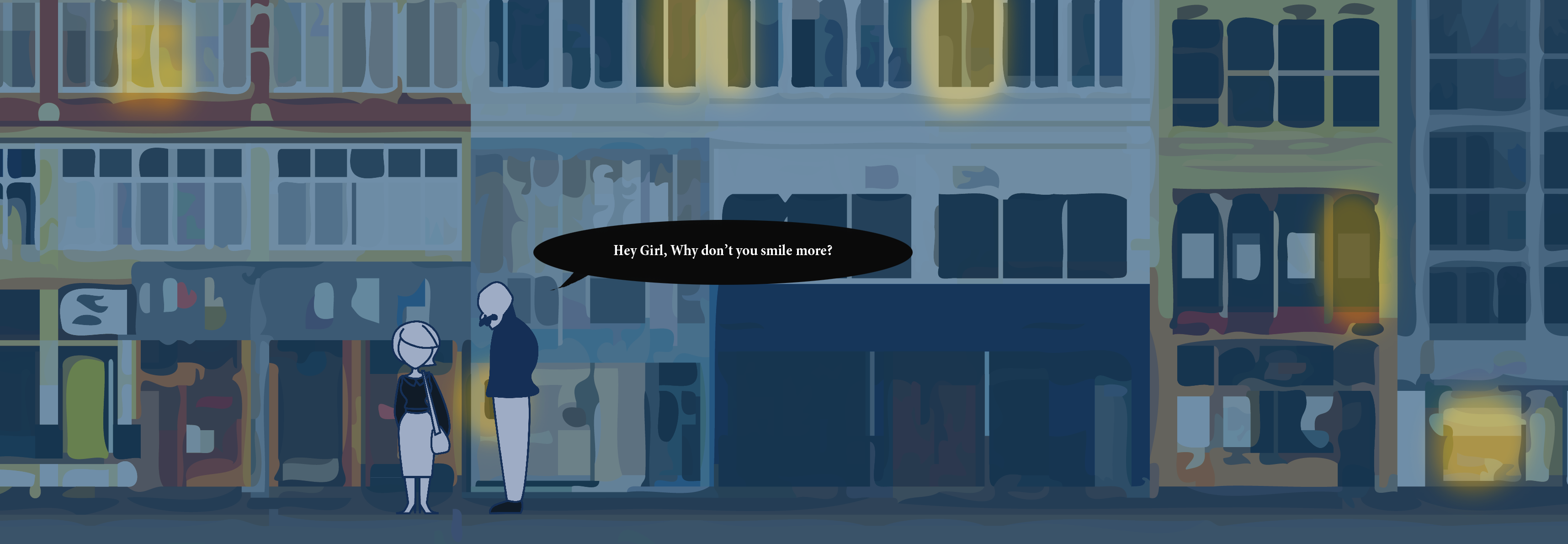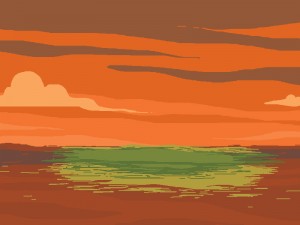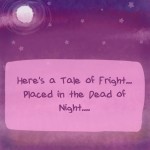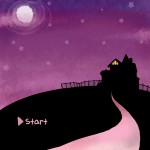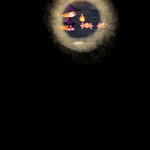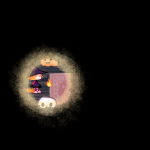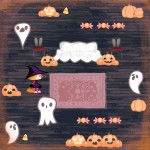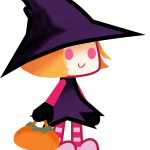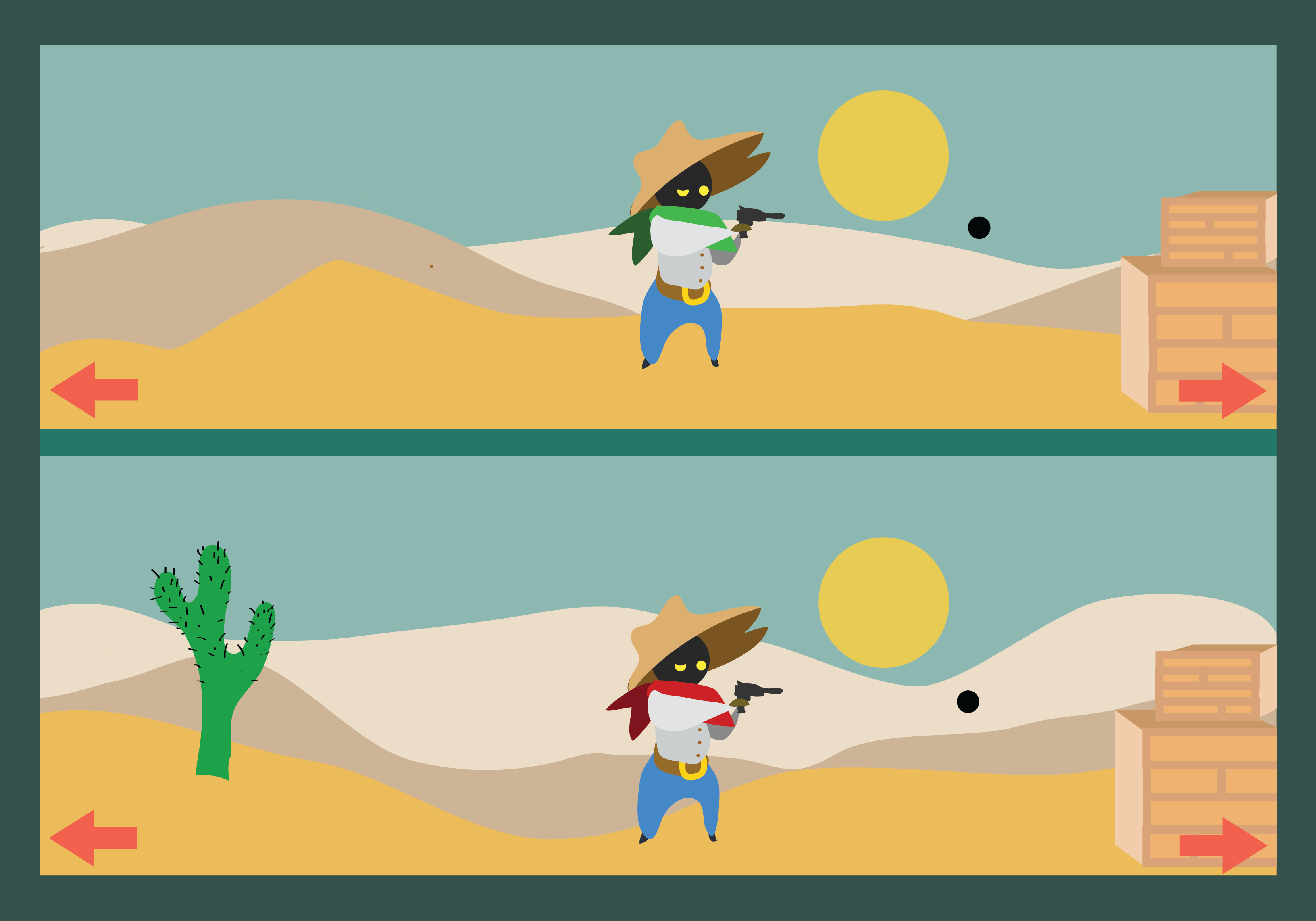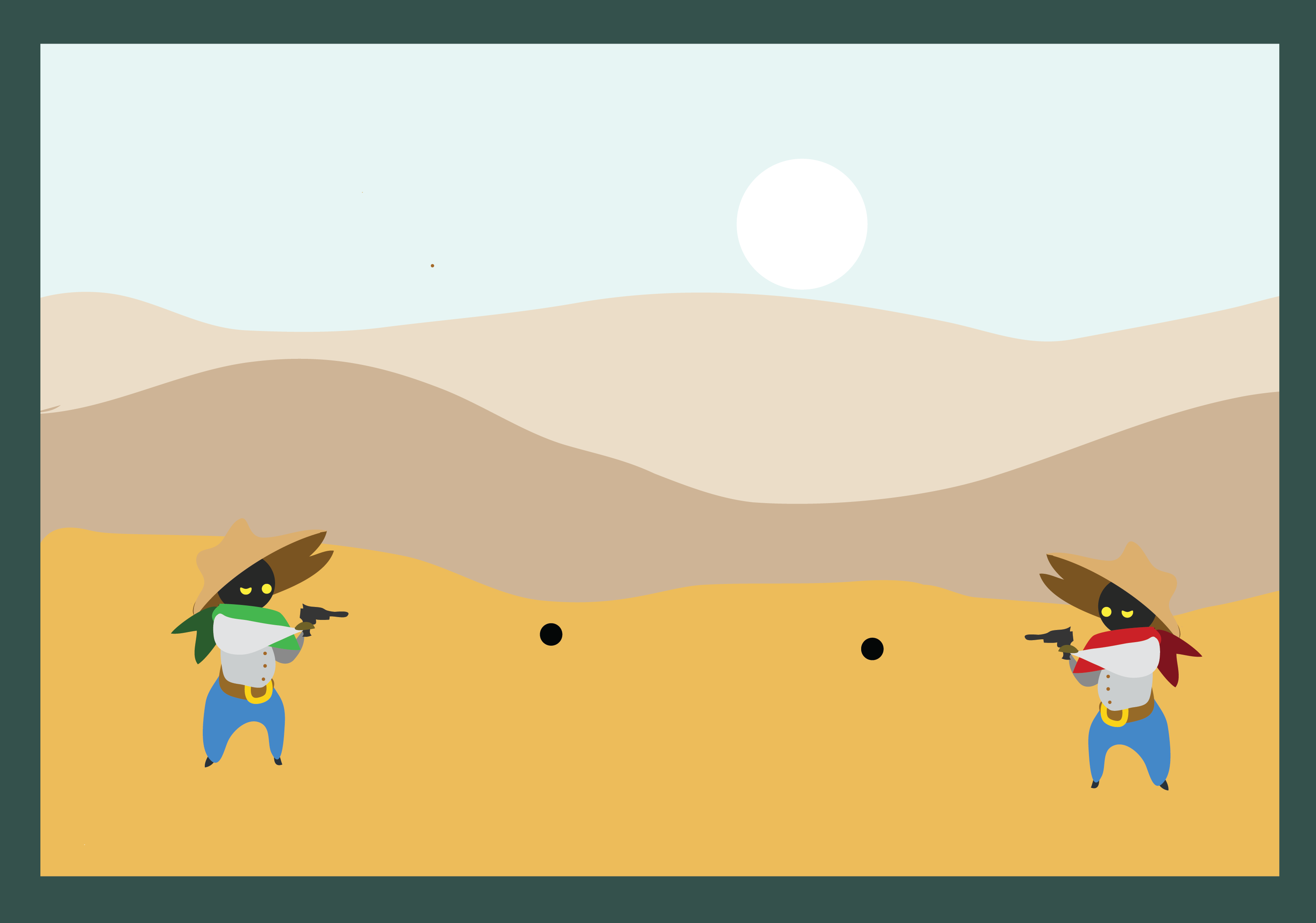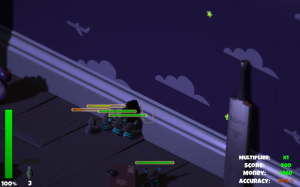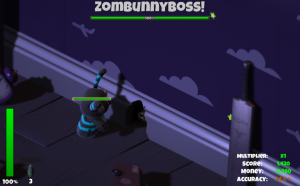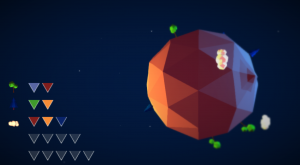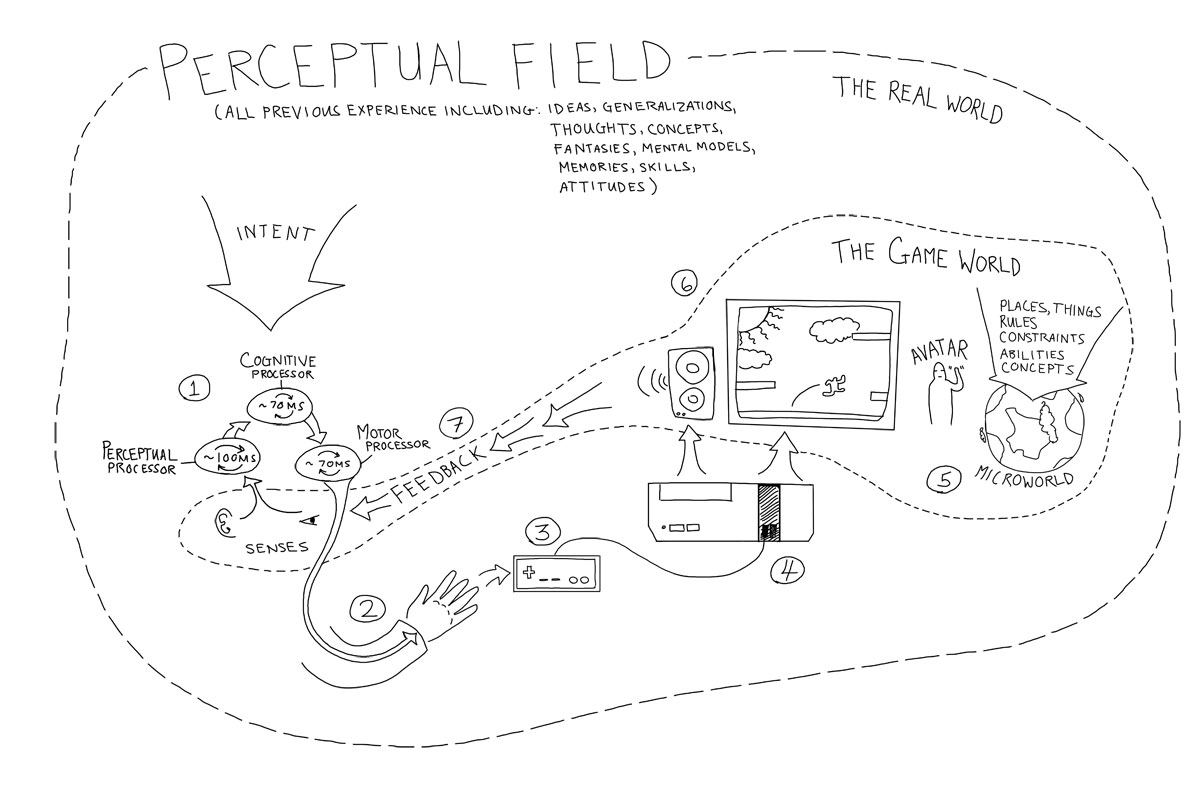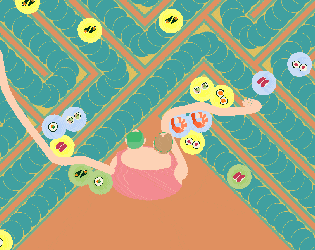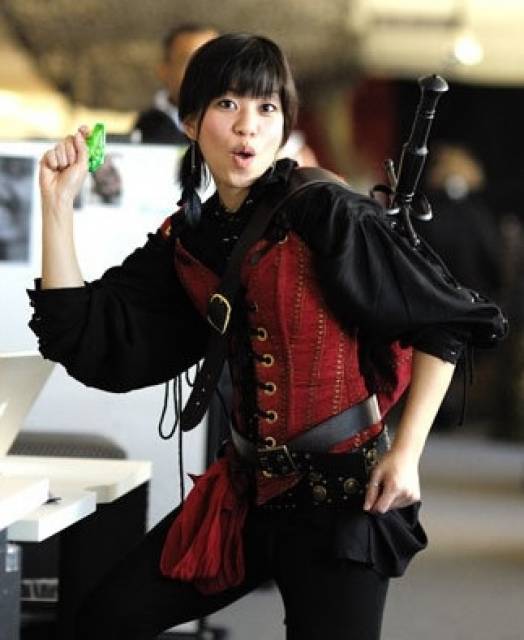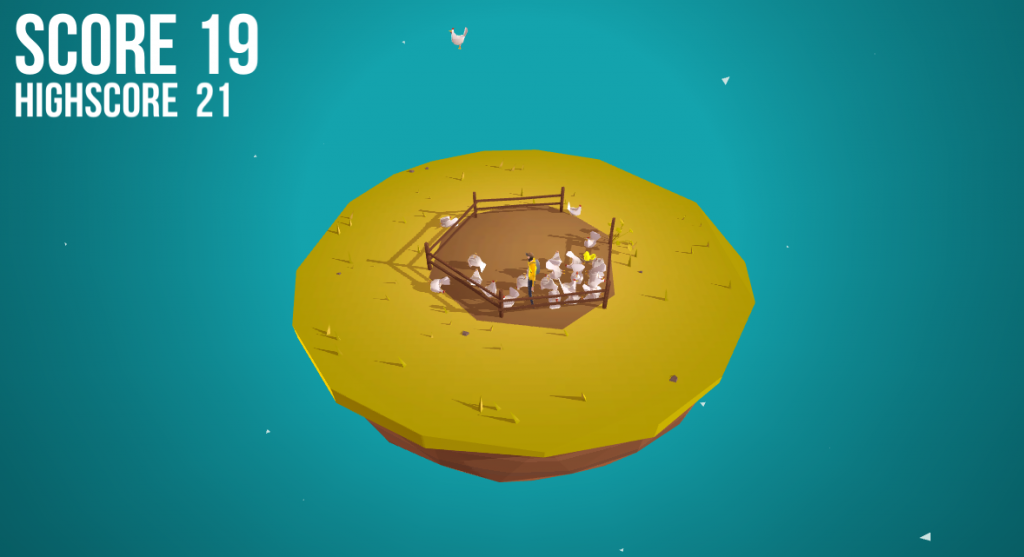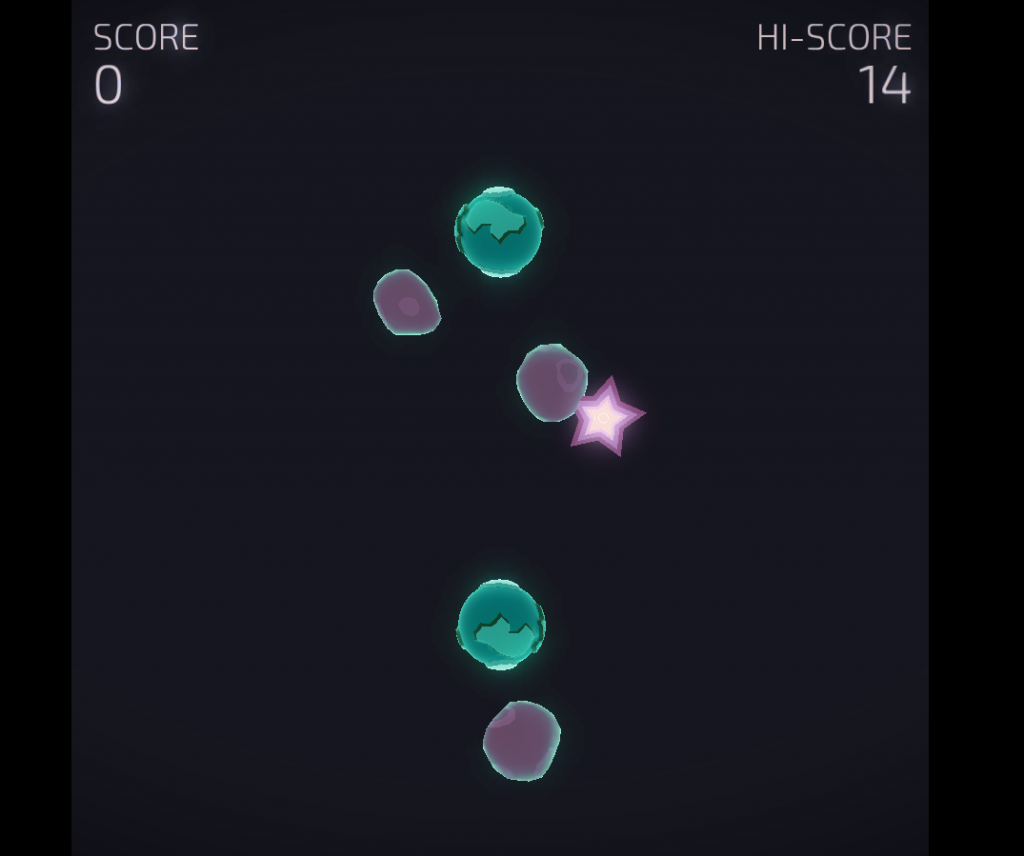Share personal experience by using games (Mainichi) :
http://femfreq.tumblr.com/post/53306704524/human-angle-queer-games-the-secret-avant-garde – Interview with Mainichi game developer
http://indiegames.com/2012/11/freeware_game_pick_mainichi_ma.html – Mainichi Game – sharing personal experience with games
“How do you do it” game and it’s use of gaming to share a very personalized story
Street Harrassment:
http://www.stopstreetharassment.org/resources/statistics/ – statistics on street harassment
https://www.youtube.com/watch?v=b1XGPvbWn0A – 10 hour walking in NY
Summary:
Our Proposal is basically to make a ‘walking home simulator.’ It’s a game where you play as a woman walking home from work very late at night. You can make different turns, take different routes, interact with people on the street, but the object of the game is to get home safe. Of course, this goal is easy to accomplish as only about 4% of rapists are strangers to the victim. However, seeing as how 1 in every 5 women in US are victims of rape, there is a real need to be careful. The main content of the game is the amount of street harassment the player with experience. About 90% of women in US admit to being street harassed (A percentage, I feel, is low compared to the actual figures). Most of the street harassment portrayed in the game will be harassment we or our friends have endured (getting followed, sexist remarks, catcalls, the good old “pretty girls should smile!”, and the subsequent “You should be happy! I’m complimenting you!” argument). Our main goal for the game is to share personal experience through games.

